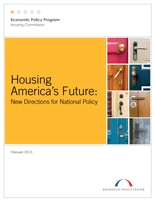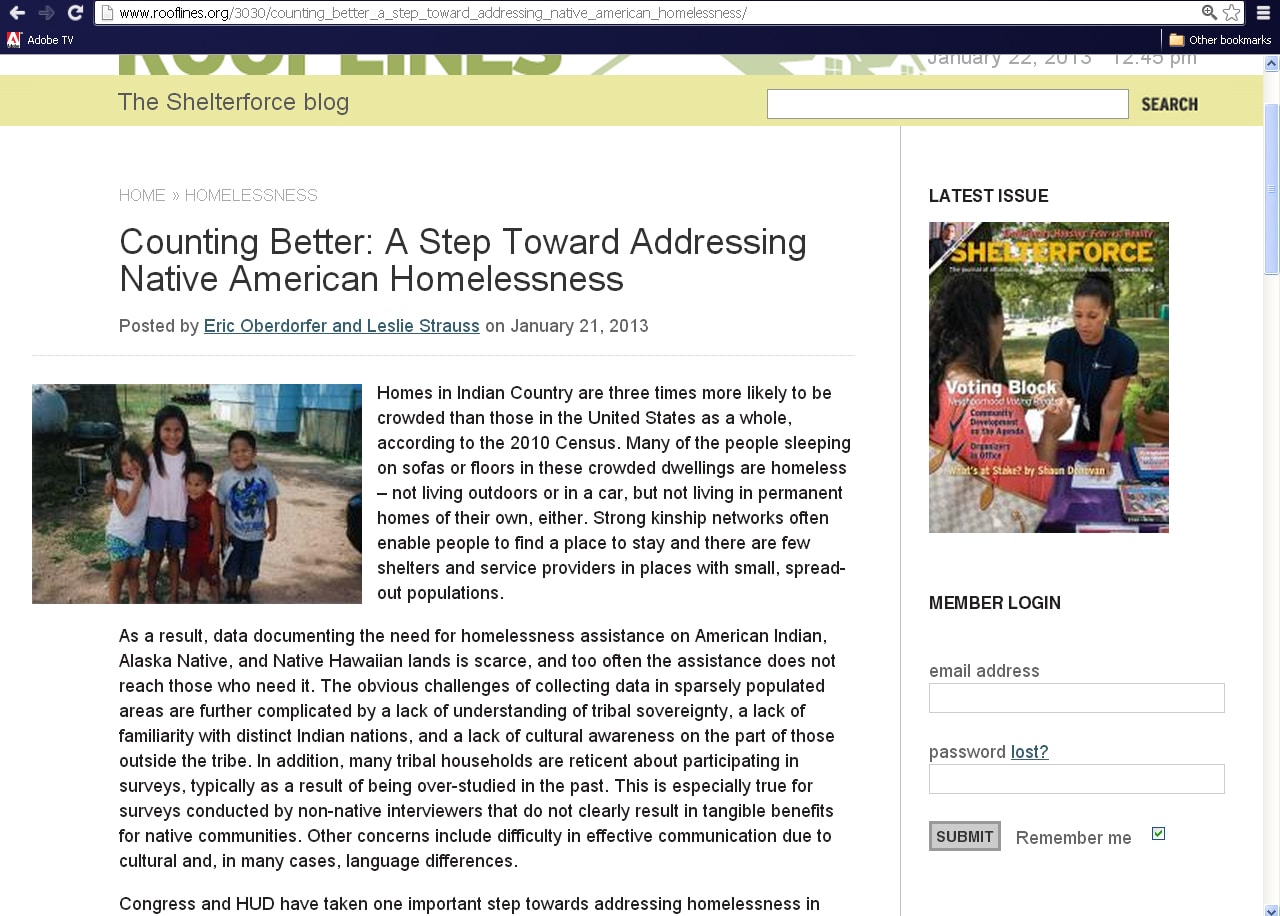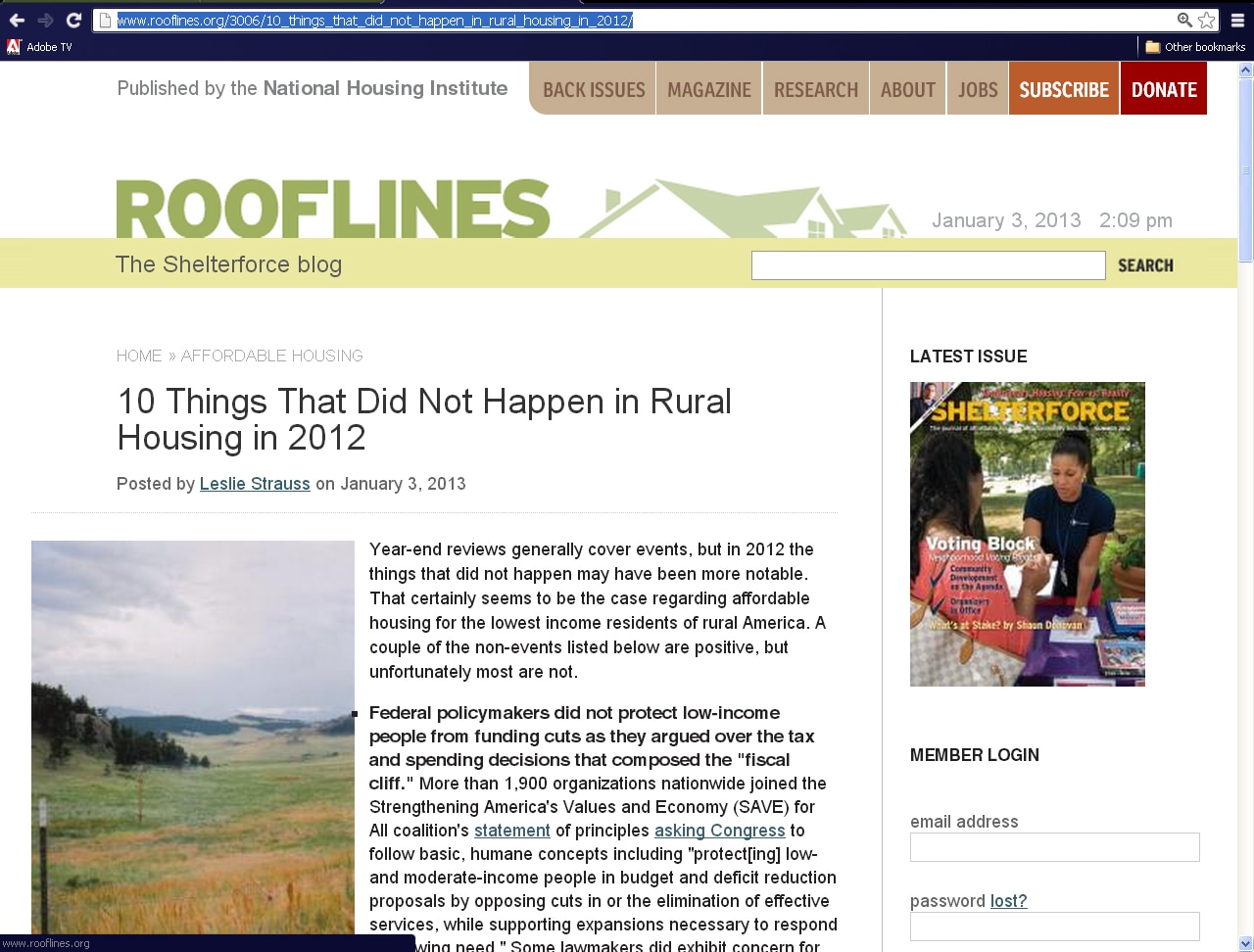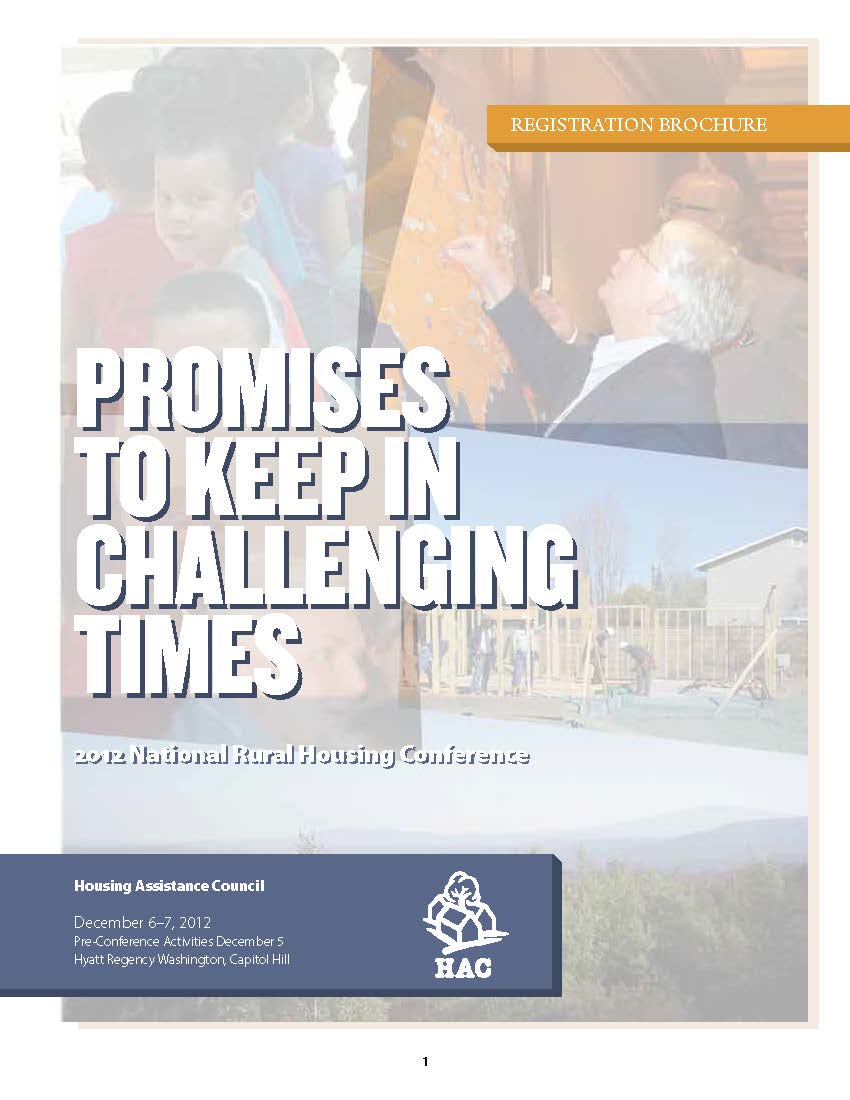Building knowledge around affordable housing for rural veterans is critical to meeting the needs of that population. Assistance providers have very little in the way of models or information on program development or effective use of resources. To facilitate networking between rural organizations and to assist in the development of effective programs, HAC’s Affordable Housing for Rural Veterans Initiative provides the following information resources:
An extensive data utility that provides detailed information on the situation of veterans down to the level of every U.S. county. Included are demographic and economic indicators, housing characteristics, VA housing and mortgage finance information, and veteran homelessness. The site provides approximately 420 veteran-specific data indicators and over 650,000 data points dedicated solely to information on veterans.
A set of fact sheets — one for each state, the District of Columbia, and the US — provides details on the veterans’ population including proportion, prevalence by county, median income, poverty levels, unemployment rate, disability, median home value, housing problems, homelessness, and other factors.
HAC Publications
HAC Lists
Sign up to be a stakeholder in the veterans’ program to get periodic announcements about grants, events, and resources for rural veterans’ housing programs. Contact Shonterria Charleston at shonterria@ruralhome.org or call 202.842.8600 x 131.
Sign up for HAC News for current updates on other housing issues as well as government programs
Additional Resources
FEDERAL PROGRAMS AND RESOURCES
The U.S. Department of Veterans Affairs (VA)
The VA provides benefits, services, information and support to veterans of the U.S. Military services, including the veterans Home Loan Program.
HUD Veterans Affairs Supportive Housing (HUD-VASH)
HUD-VASH combines the Housing Choice Voucher rental assistance program with case management and clinical services from the VA.
USDA Rural Development Community Facilities Program
NATIONAL ORGANIZATIONS
The Home Depot Foundation: https://www.homedepotfoundation.org/
Volunteers of America: https://www.voa.org/Get-Help/National-Network-of-Services/Veterans
National Alliance to End Homelessness: https://www.endhomelessness.org/pages/veterans
National Coalition for Homeless Veterans: https://www.nchv.org/
Is there a resource that we have not listed here that you would like to see? Email HAC to share your ideas.









